
Vessels for Being
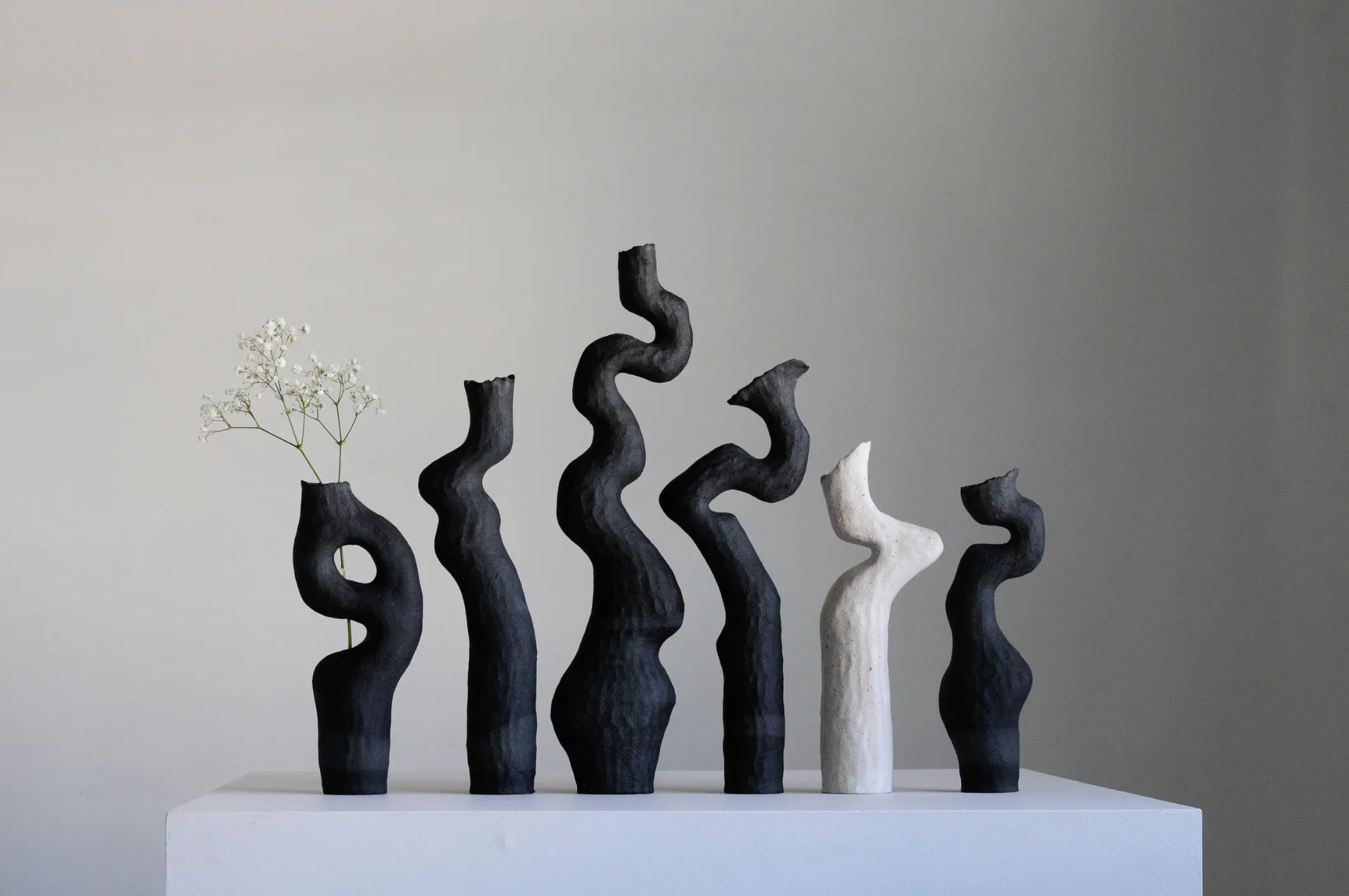
I look at art for a living…every day. But lately, I’ve been craving not just to source it, but to make it. This fall, I signed up for a hand-building pottery class, and I’ve been scouring the internet for inspiration of what I might shape from clay. There’s something humbling about clay, about learning with your hands instead of just your eyes. Maybe that’s why I’ve been thinking so much about vessels.

The objects that contain, carry, and give form. A clay pot. A glass of water. The hollow of a shell. Even the human body itself—skin, bone, and breath as architecture. To design—or to live—is to constantly ask: what holds me?
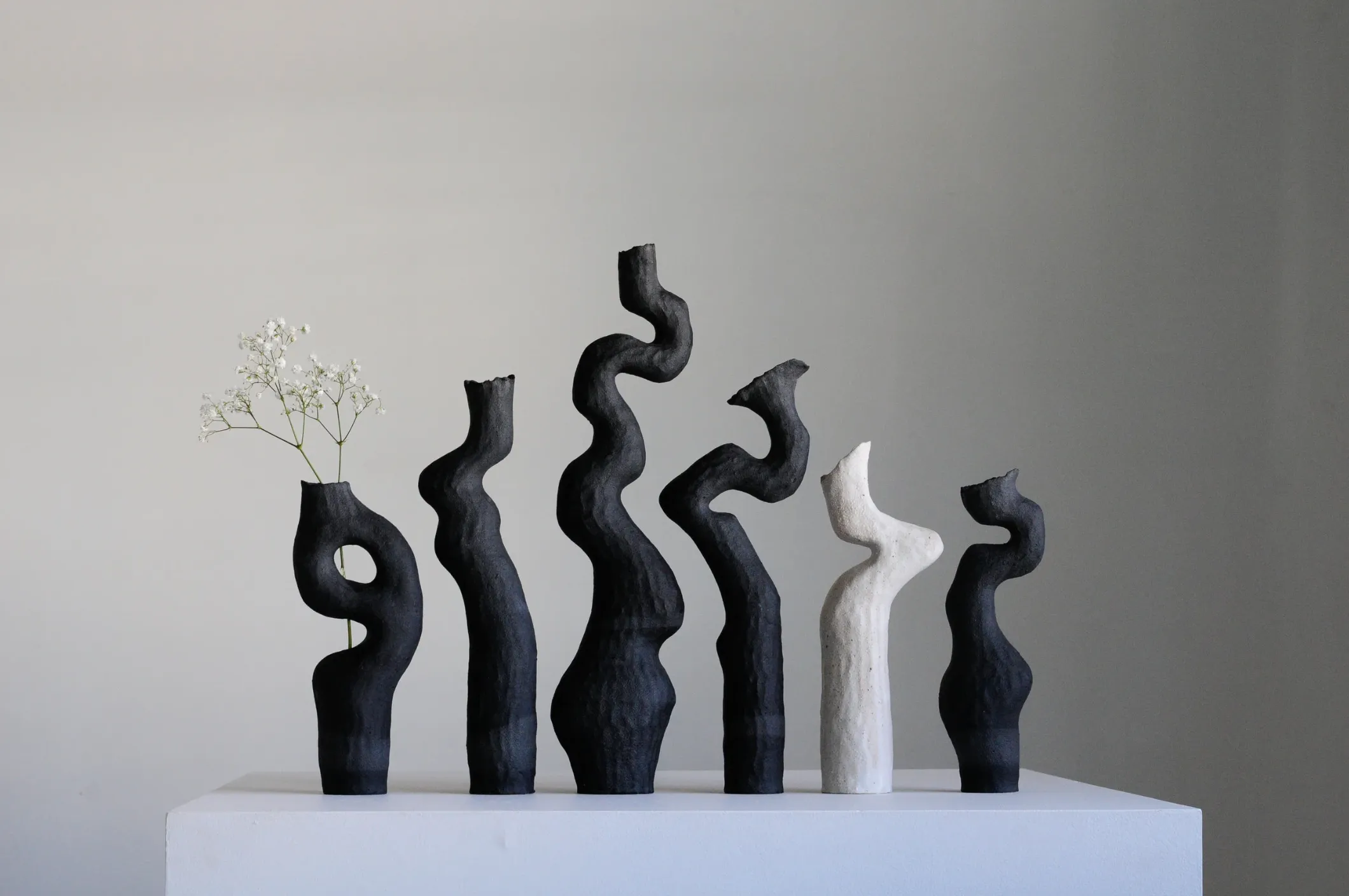
Vessel as Form
Vessels are some of the oldest human inventions. From bowls and jars to baskets and bottles, they exist to carry essentials. But their purpose has always been more than functional—they’re also about story, ritual, and meaning. Anthropologists note that early vessels were often decorated before they were used, signaling that beauty and symbolism were as essential as utility.
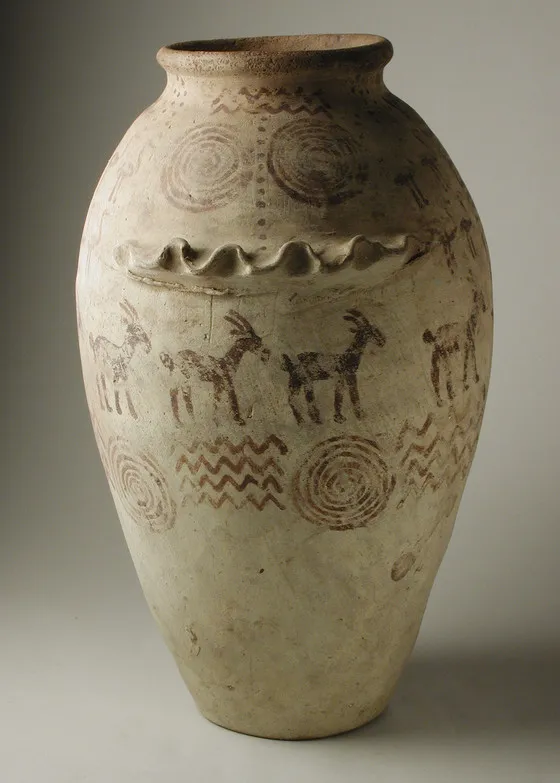
Vessel as Body
The body is our first container. Neuroscientists call this interoception—our ability to sense the internal state of the body, like heartbeat, breath, or hunger. Studies show that strong interoceptive awareness helps regulate emotions, supports resilience, and lowers anxiety (Craig, Nature Reviews Neuroscience, 2002). When we treat the body as a vessel—not just a machine—we’re reminded to listen, notice, and care for what’s inside.
“The body is not an object to be used, but a vessel to be honored.”
— Bessel van der Kolk The Body Keeps The Score
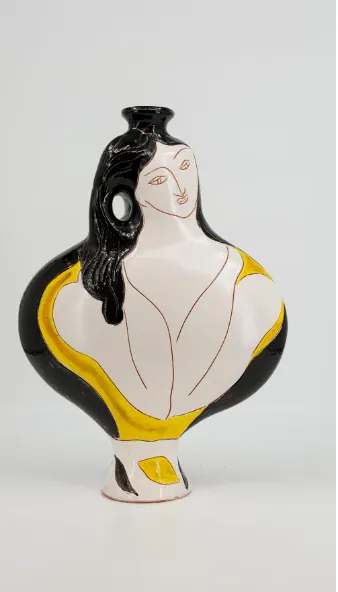
Vessel as Space
Architecture is also vessel-like. Rooms hold us the way cups hold water. Sacred sites throughout history—temples, baths, chapels—were designed as containers for spirit, gathering, and renewal.
Neuroaesthetic research shows: rounded, curved forms tend to activate the brain’s reward system, while jagged, angular shapes can trigger stress responses (Vartanian et al., PNAS, 2013). In other words, spaces that feel vessel-like—curved, enclosing, gently proportioned—help the nervous system settle.
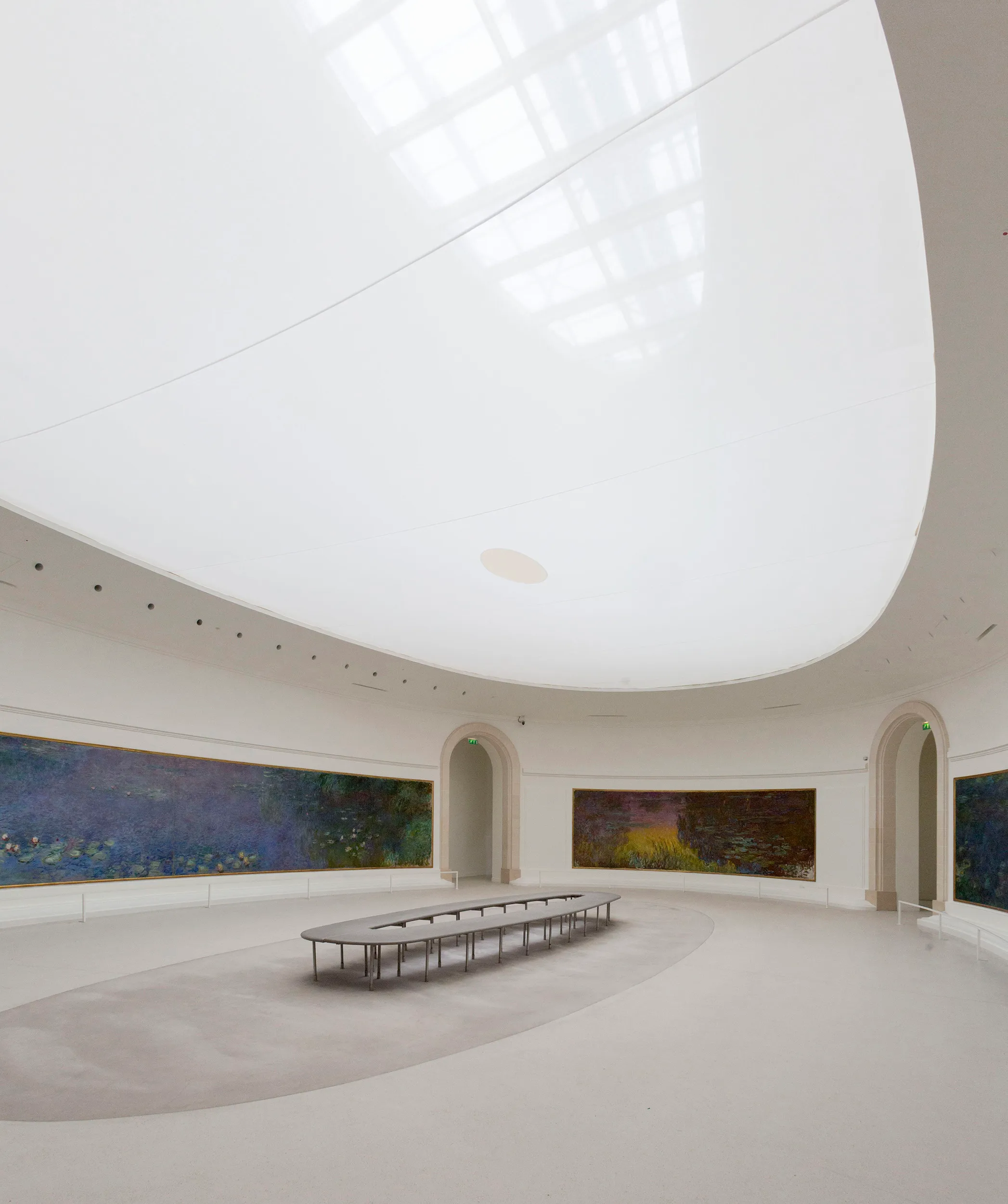
Everyday Embodiment
We encounter vessels constantly: a mug of tea warming your palms, a bathtub that lets you sink, a favorite chair that seems to hold you just right. These moments of containment are small cues to the body and brain that say: you are supported here.
Design can amplify this by creating:
- Circular arrangements that gather people inward like a bowl.
- Soft thresholds that transition one space to another gently, like pouring from one vessel to the next.
- Ritualized containers—candles in glass jars, rooms for reflection, even a blank notebook—places that hold energy, intention, and care.

Final Thought
Whether made of clay, glass, wood, or skin, vessels remind us of embodiment. They are the shapes that hold us—and the ones we choose to step into.
Sometimes, what matters isn’t just what a vessel contains. It’s the care, essence and story that gets poured into it.
💌
Elle
P.S. What’s the vessel—cup, space, or ritual—that’s holding you right now?
Thanks for reading! Subscribe for free to receive new posts and support my work.
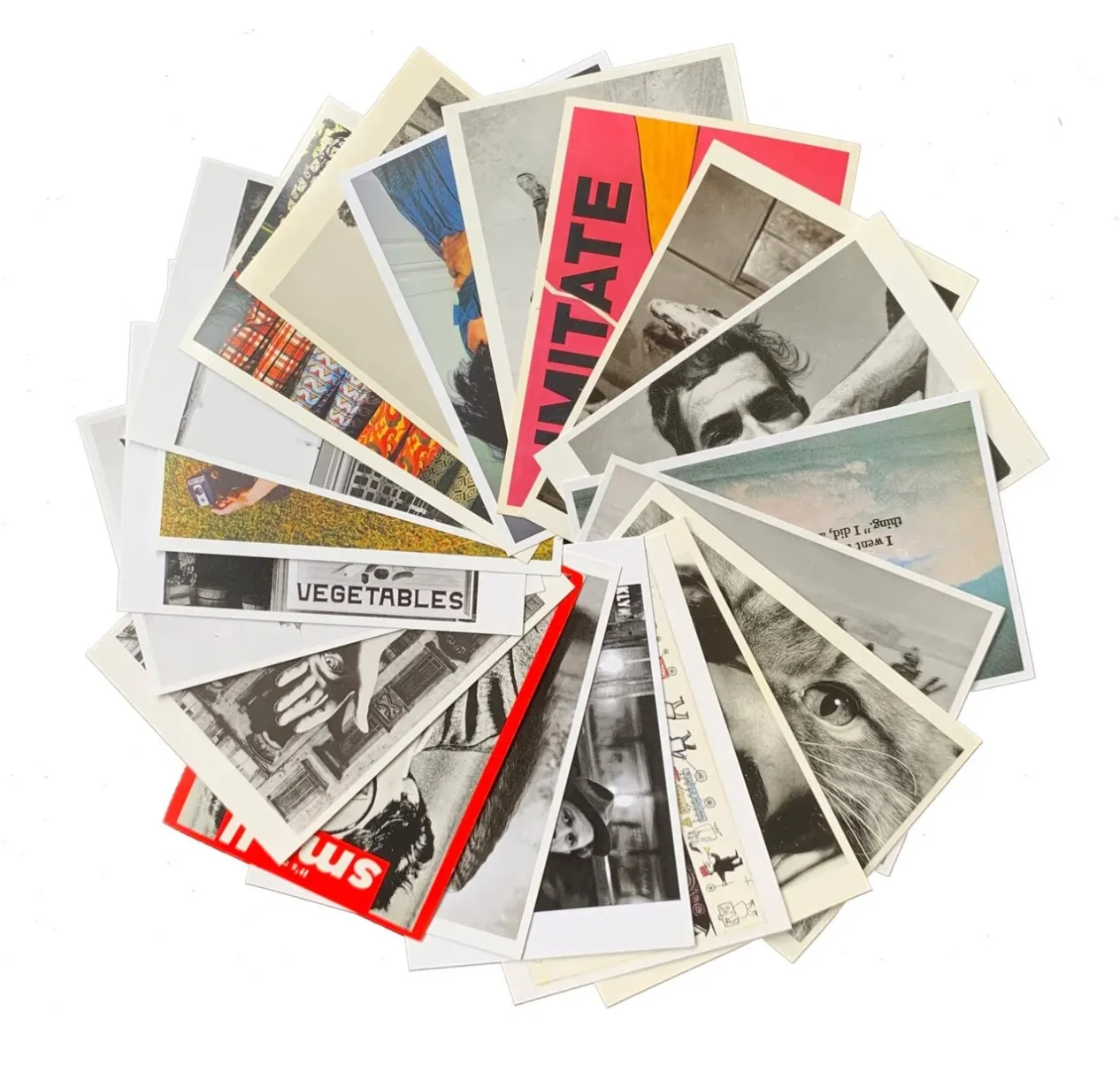



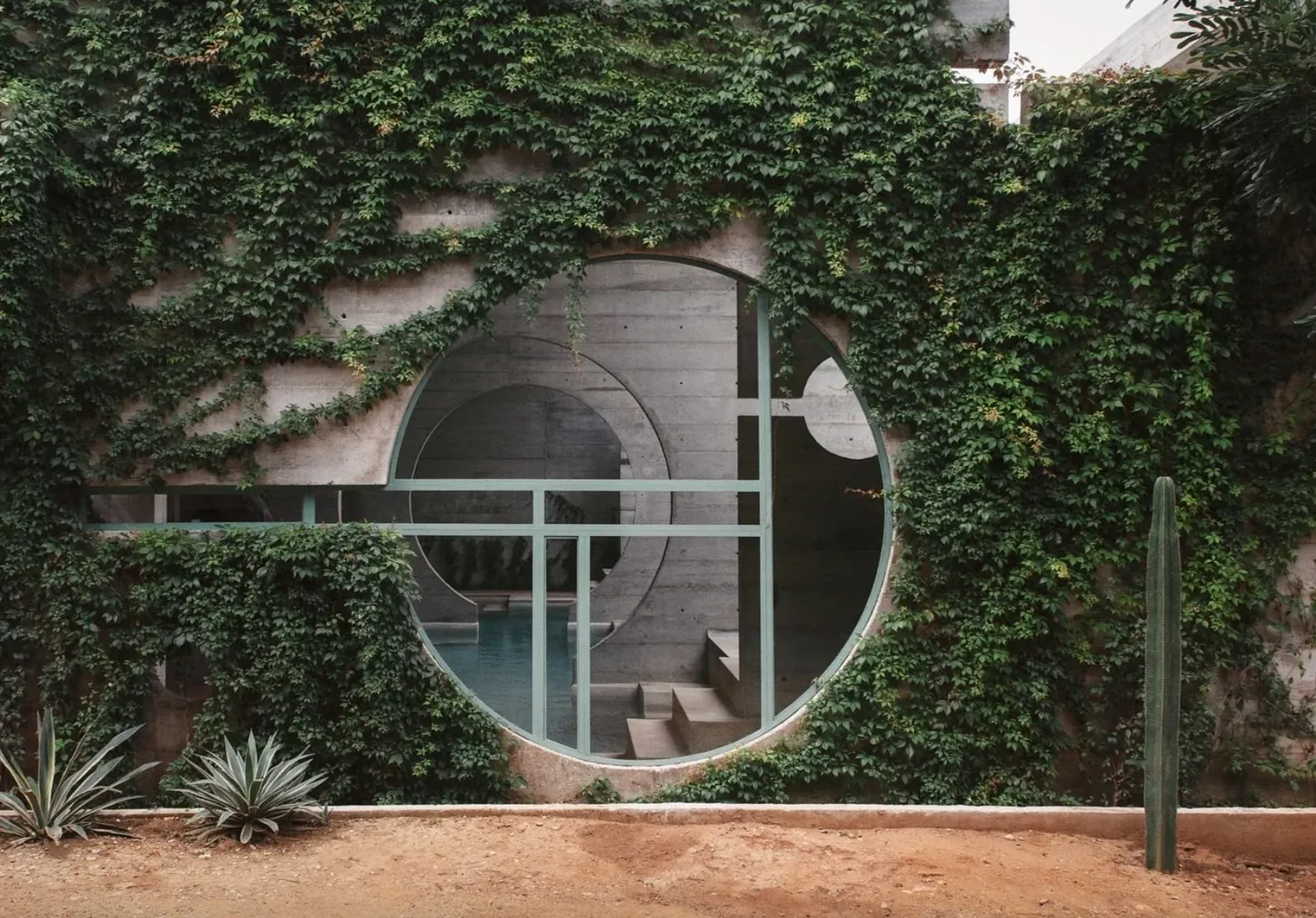
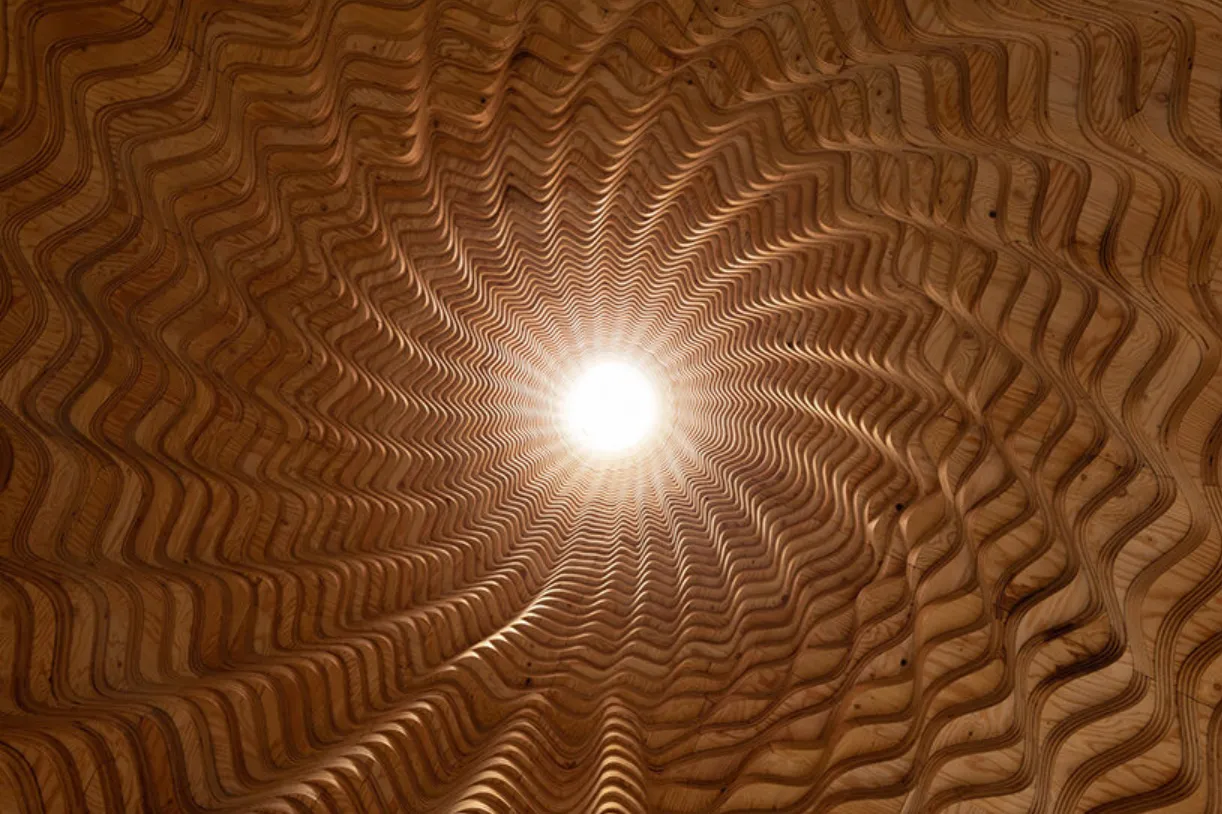
.svg)
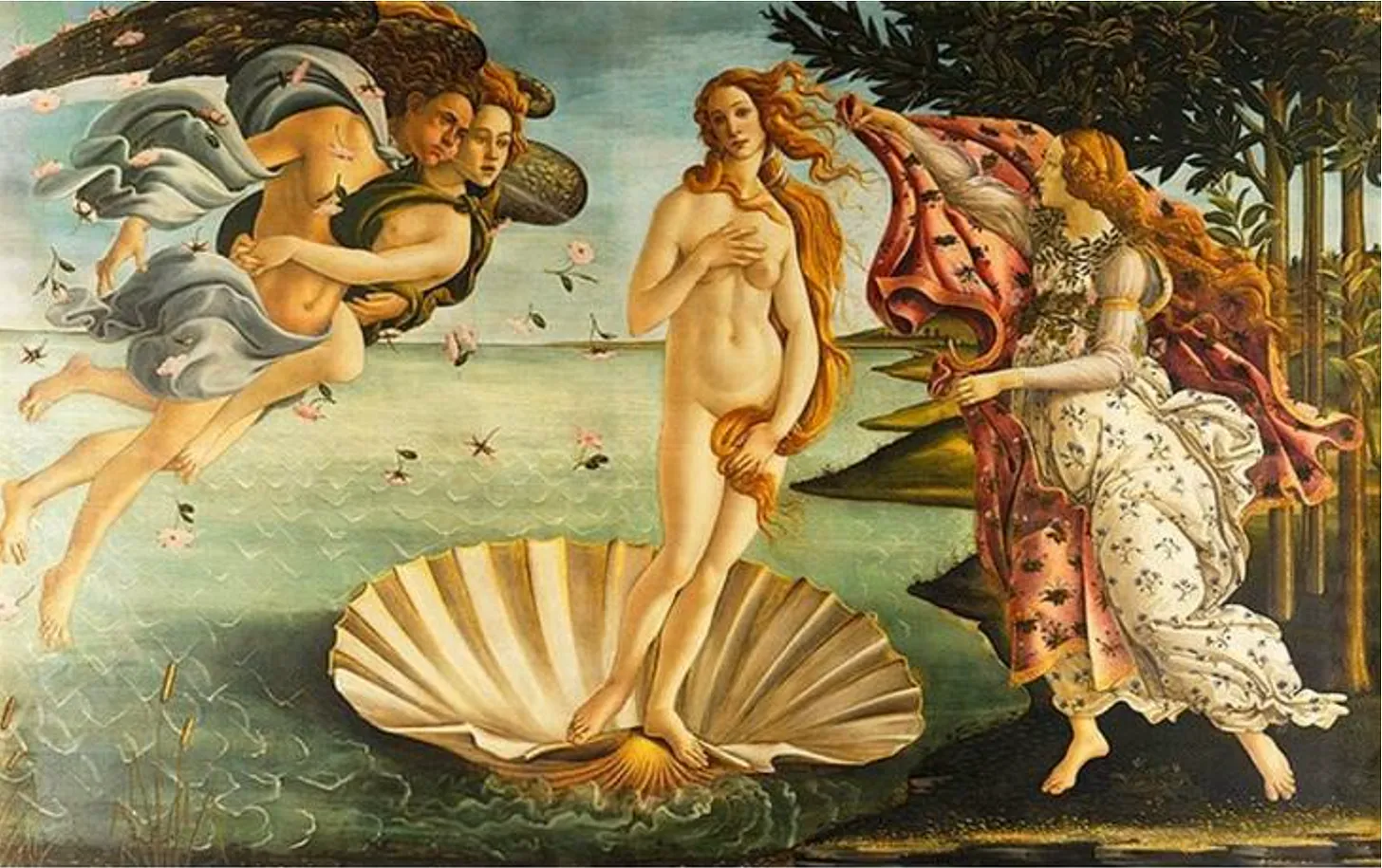

.svg)
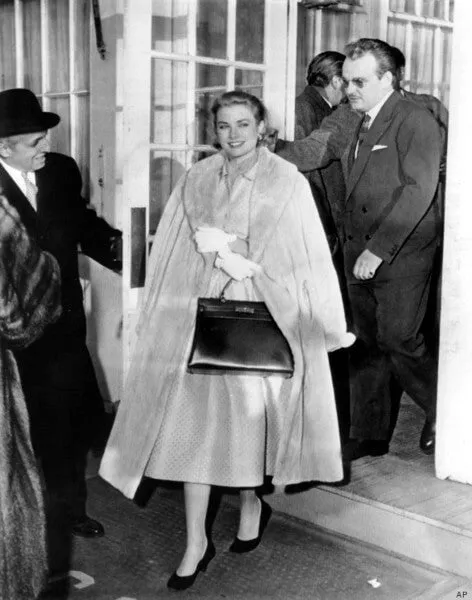
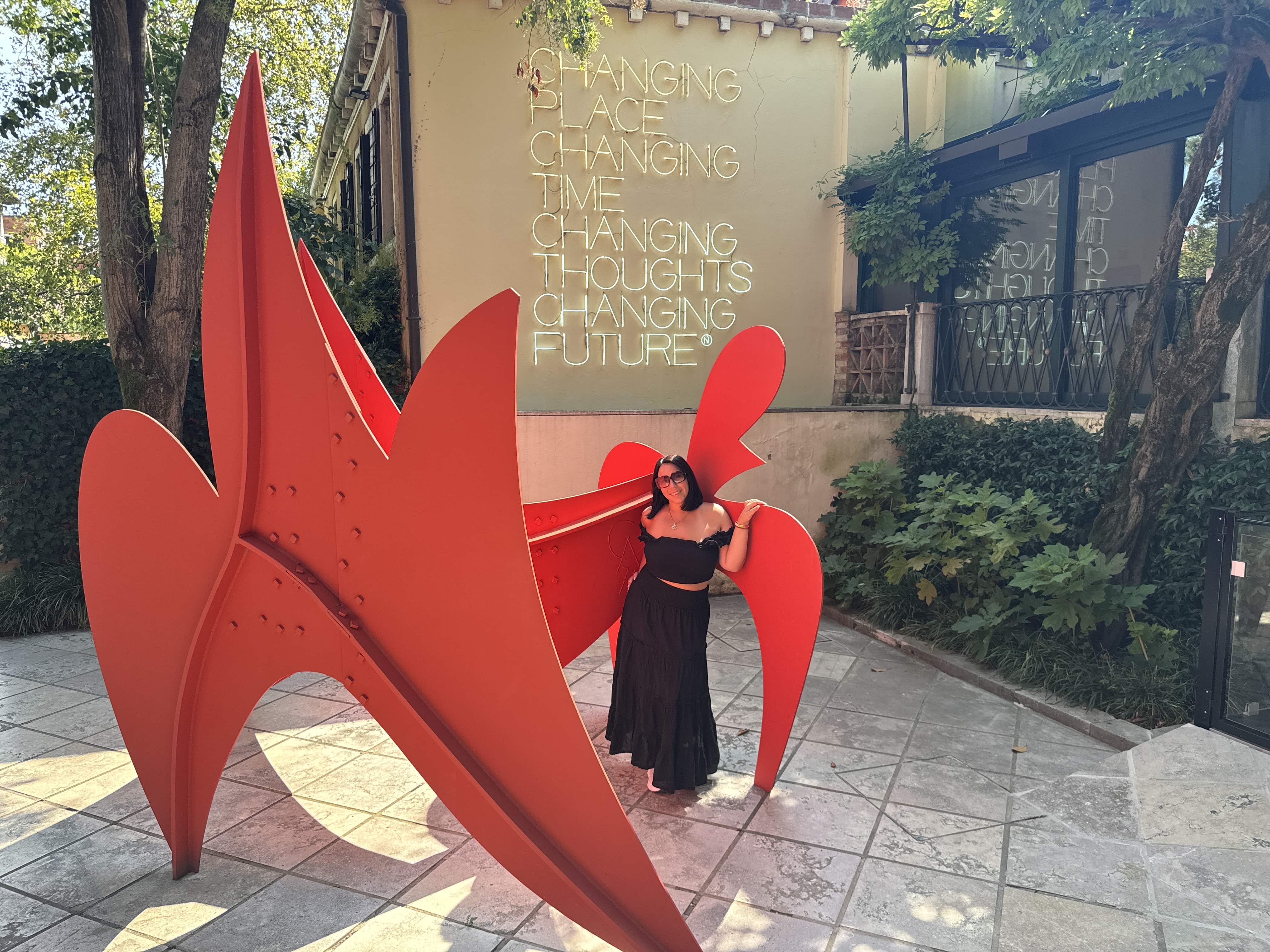
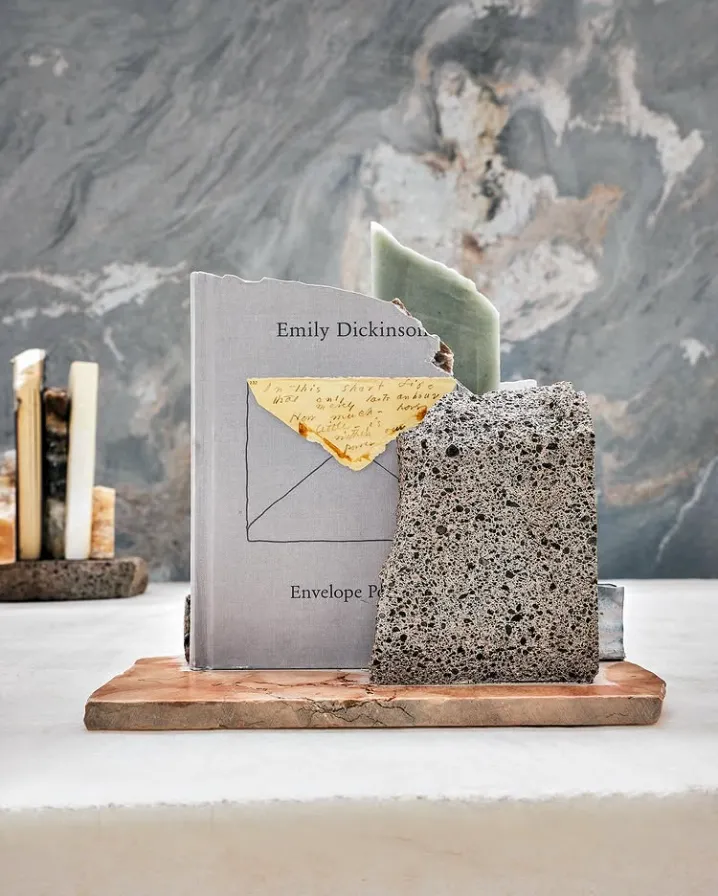
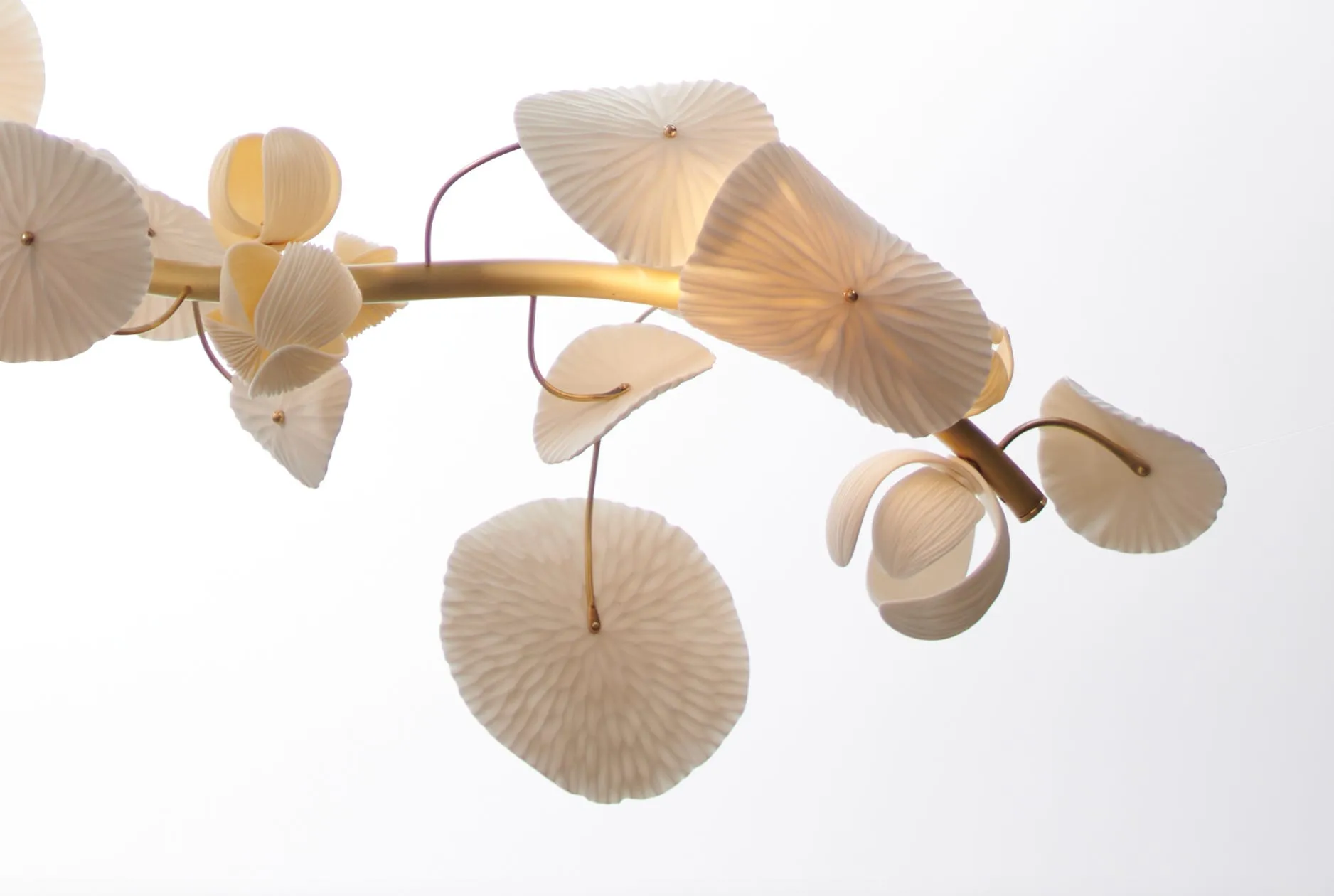

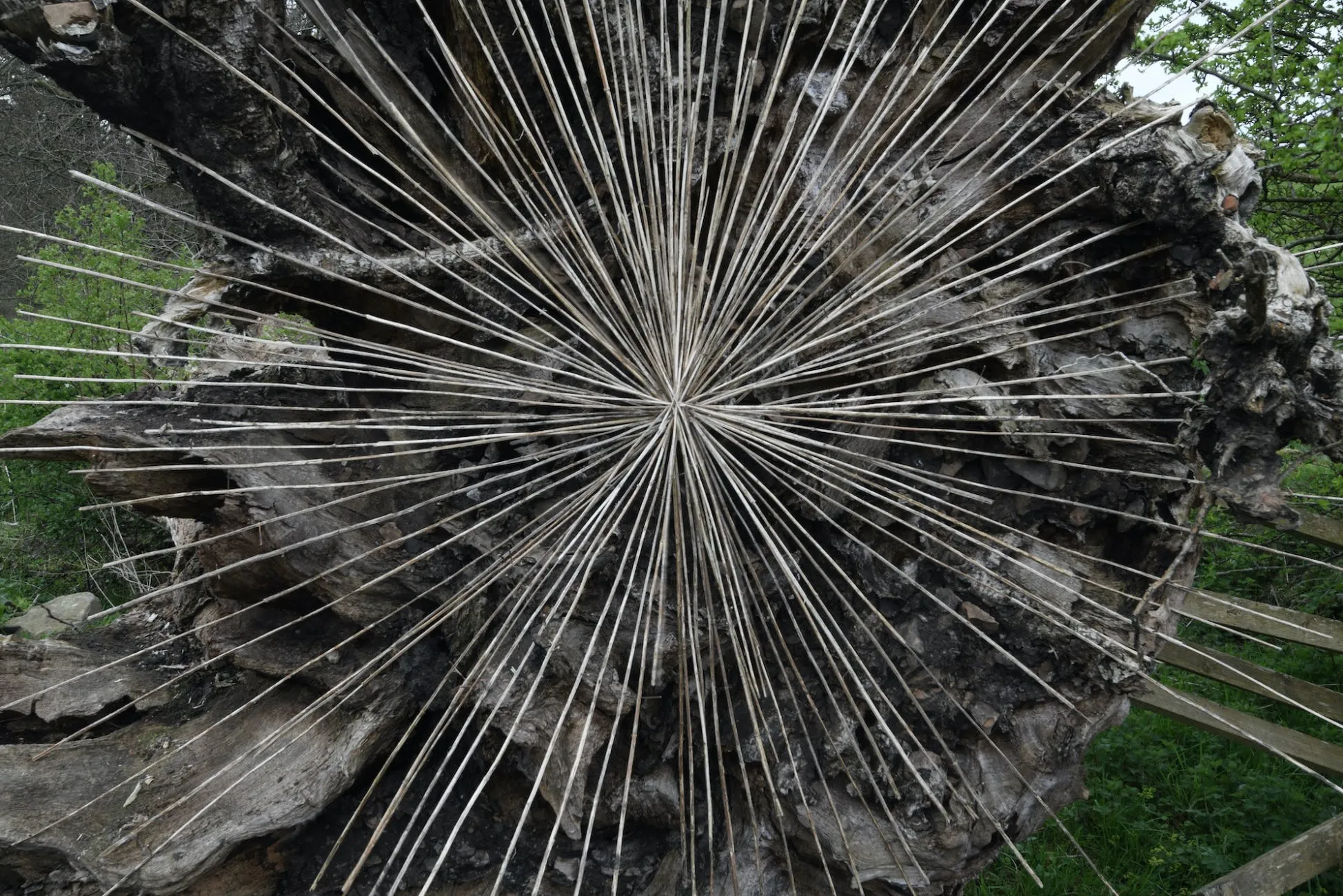
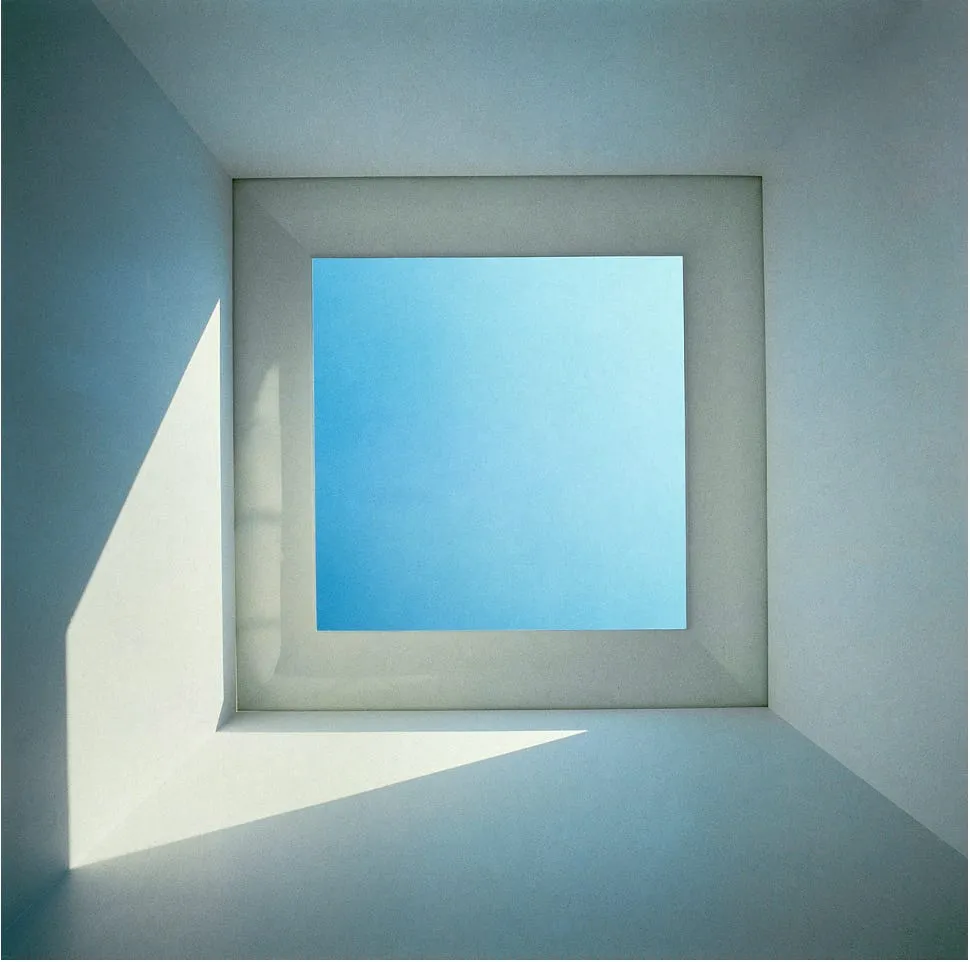
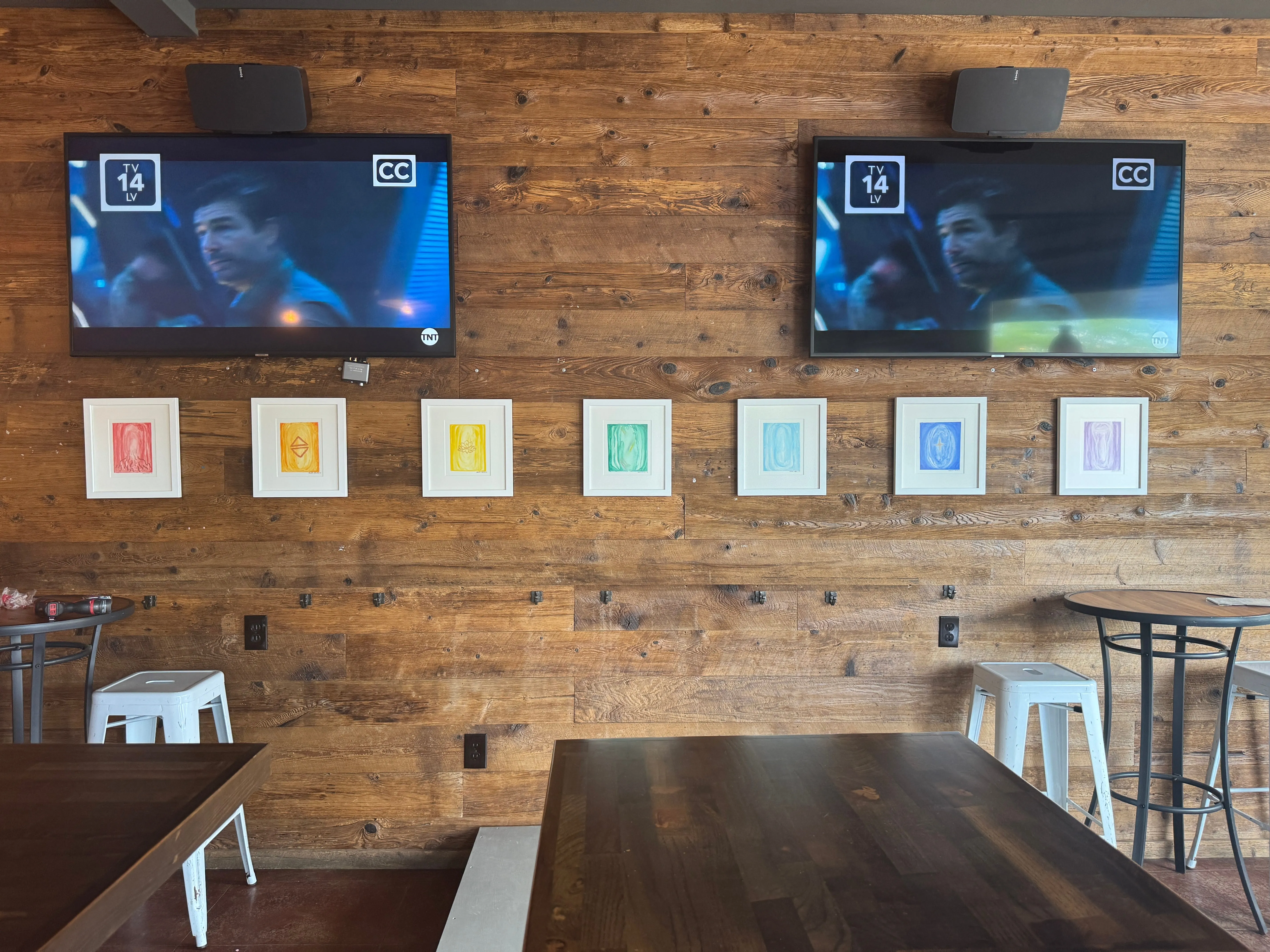
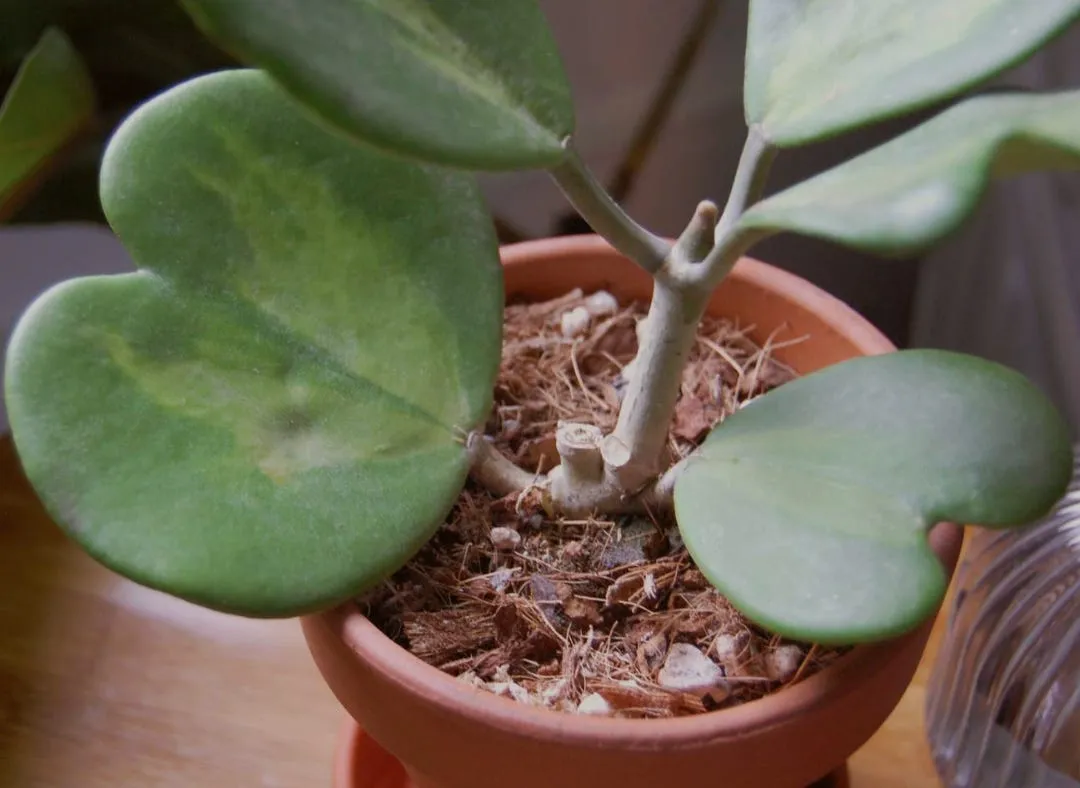
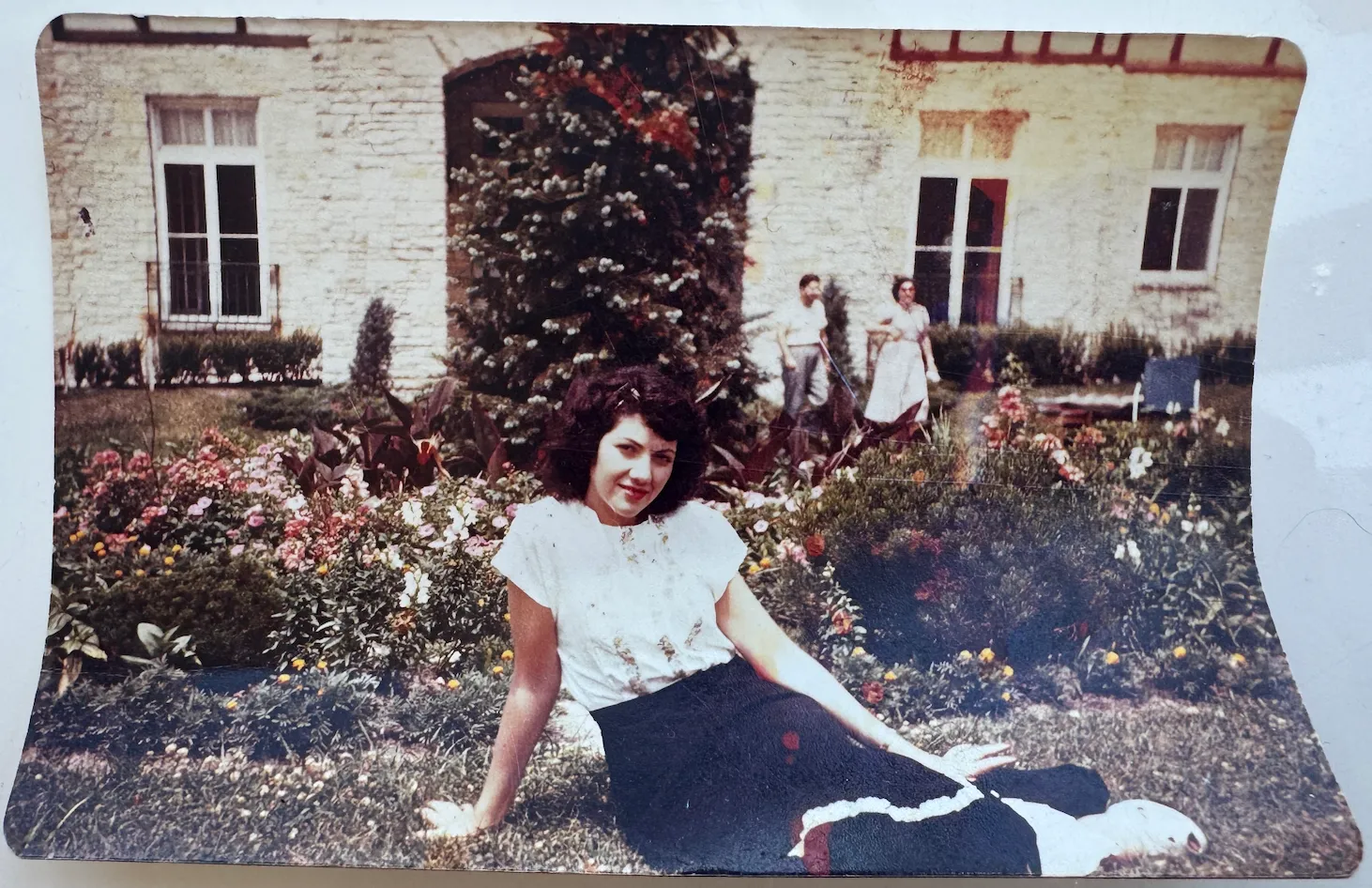

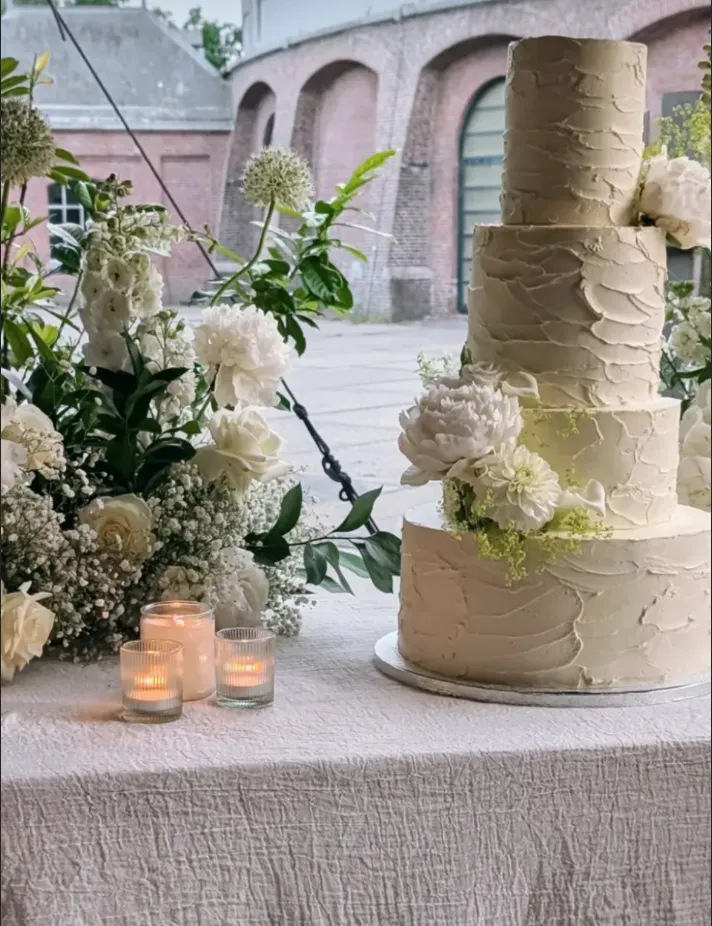
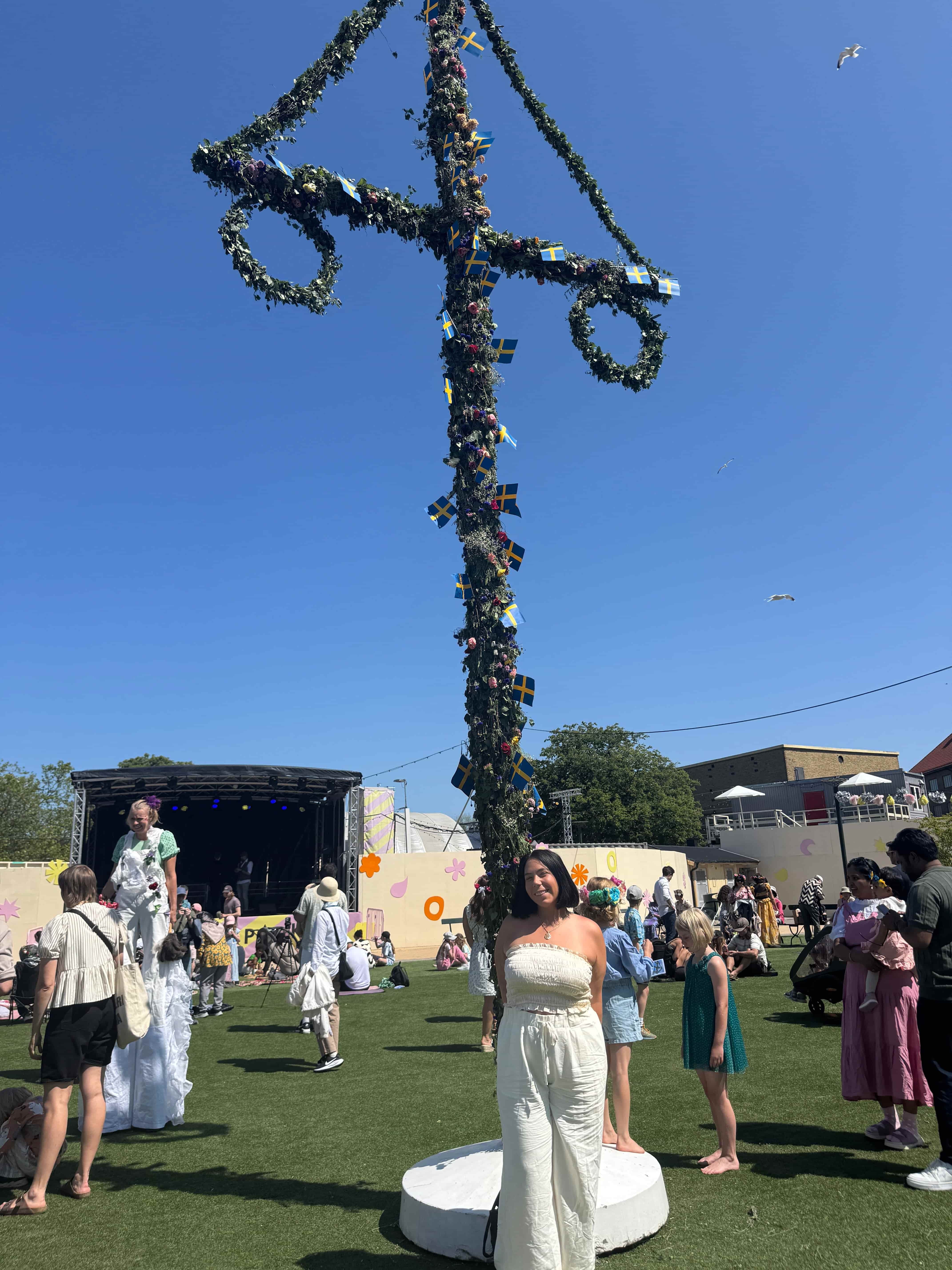

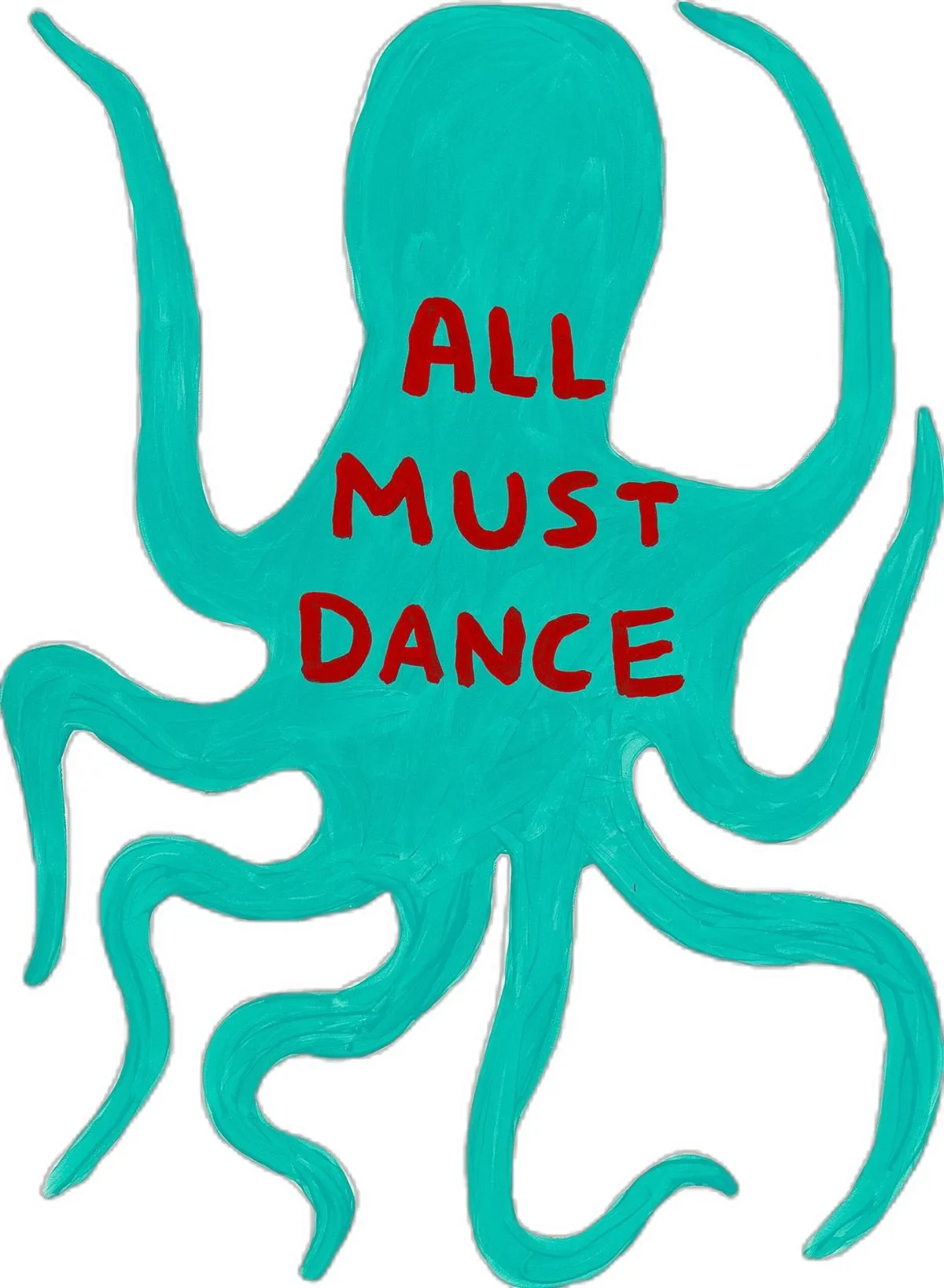


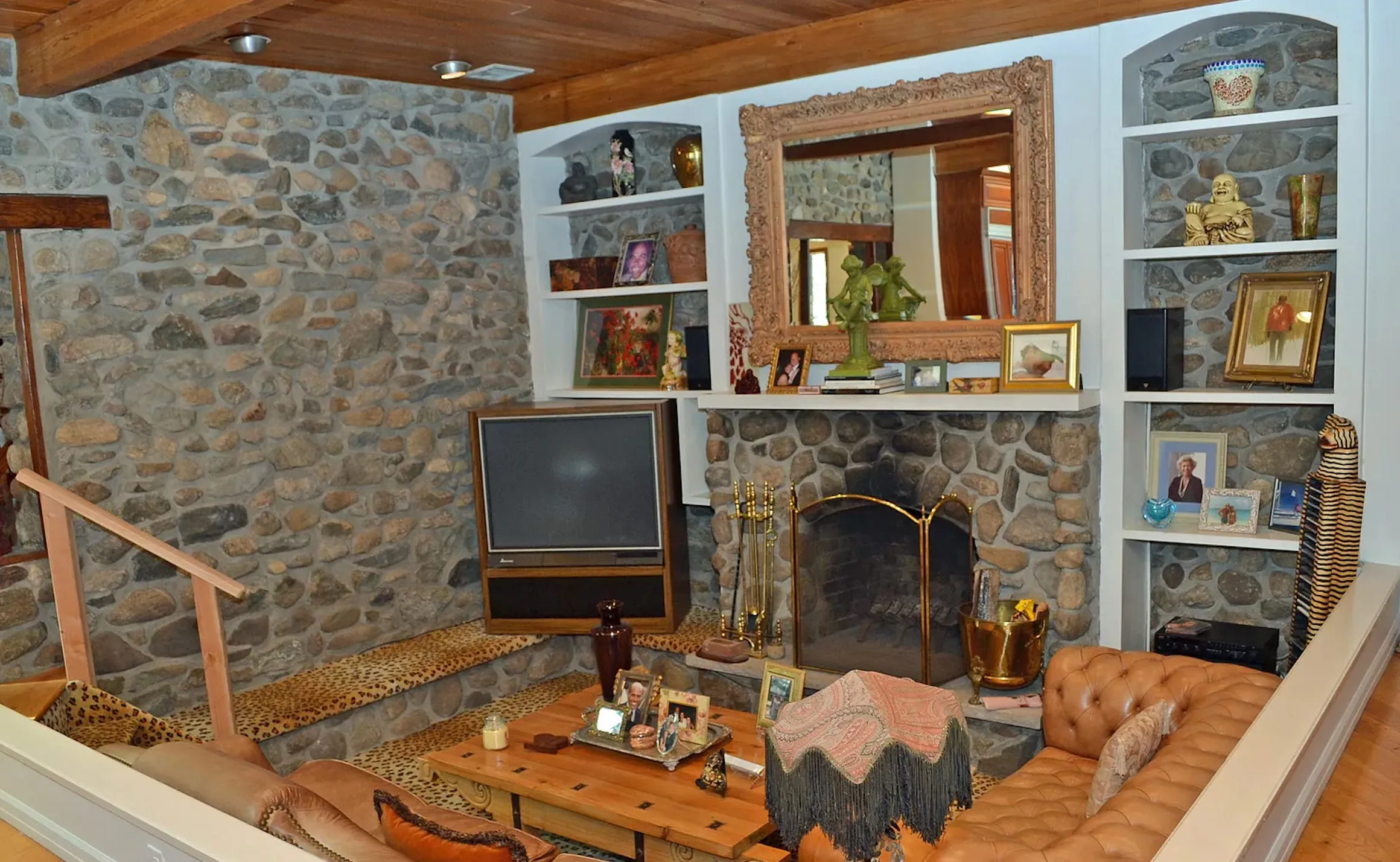

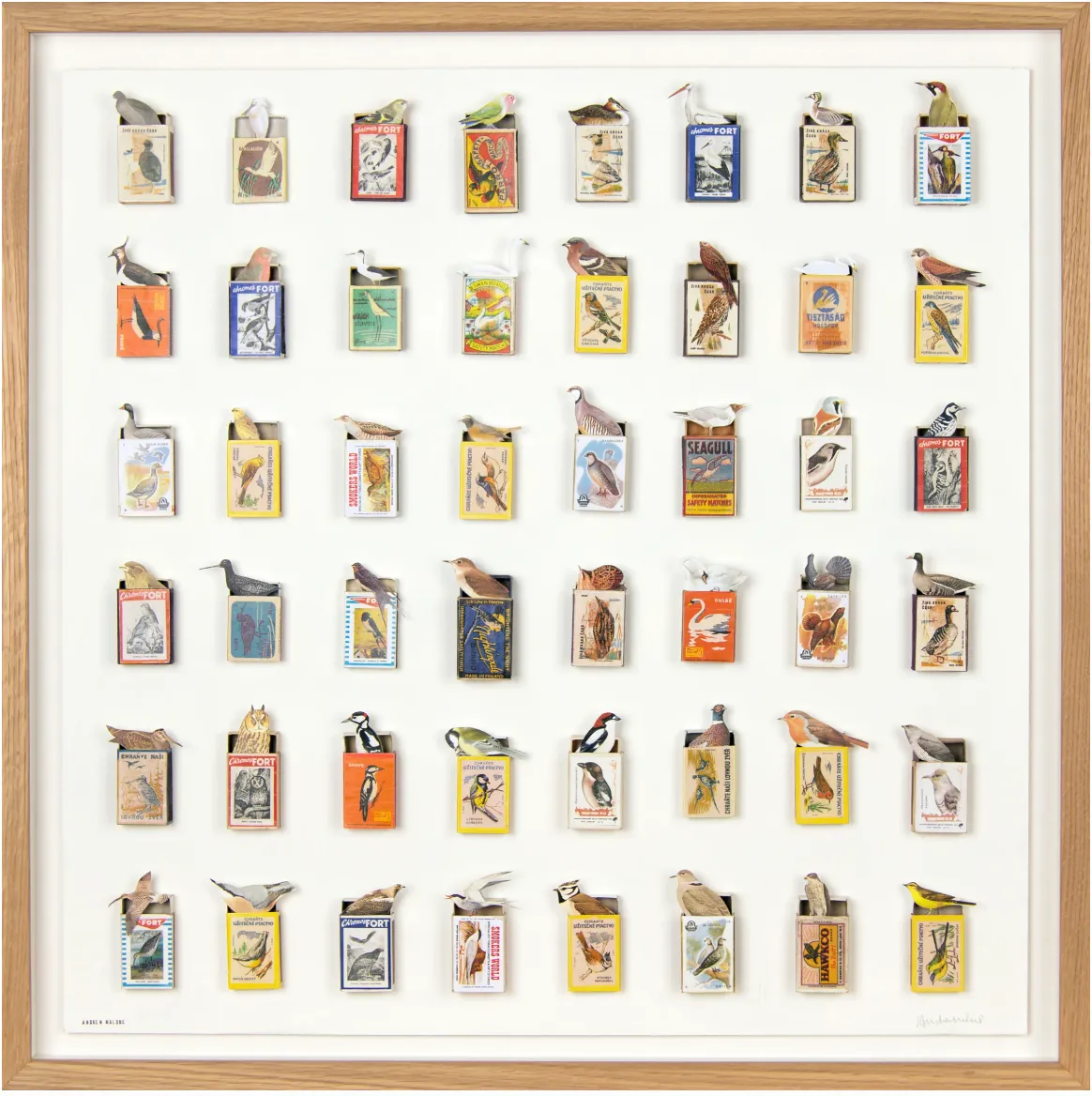

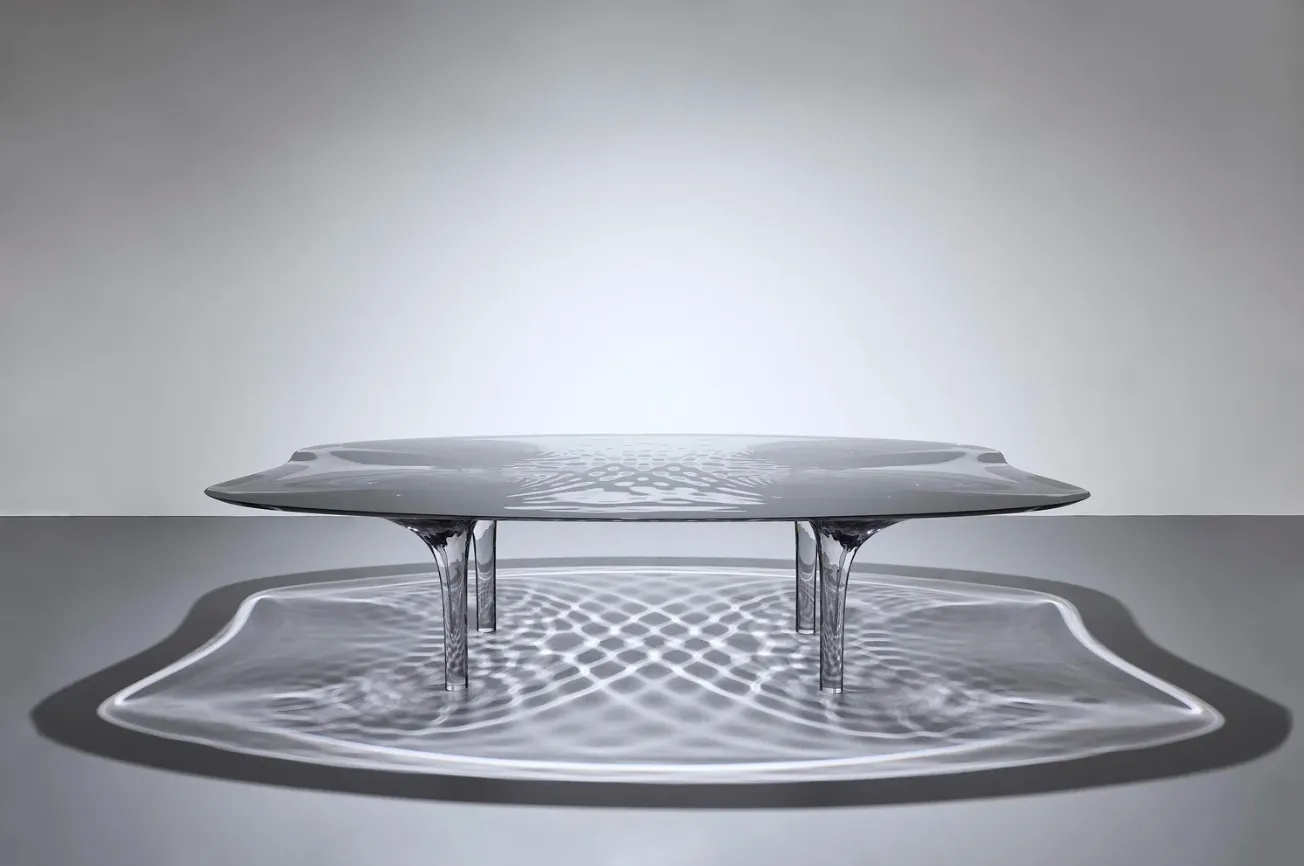
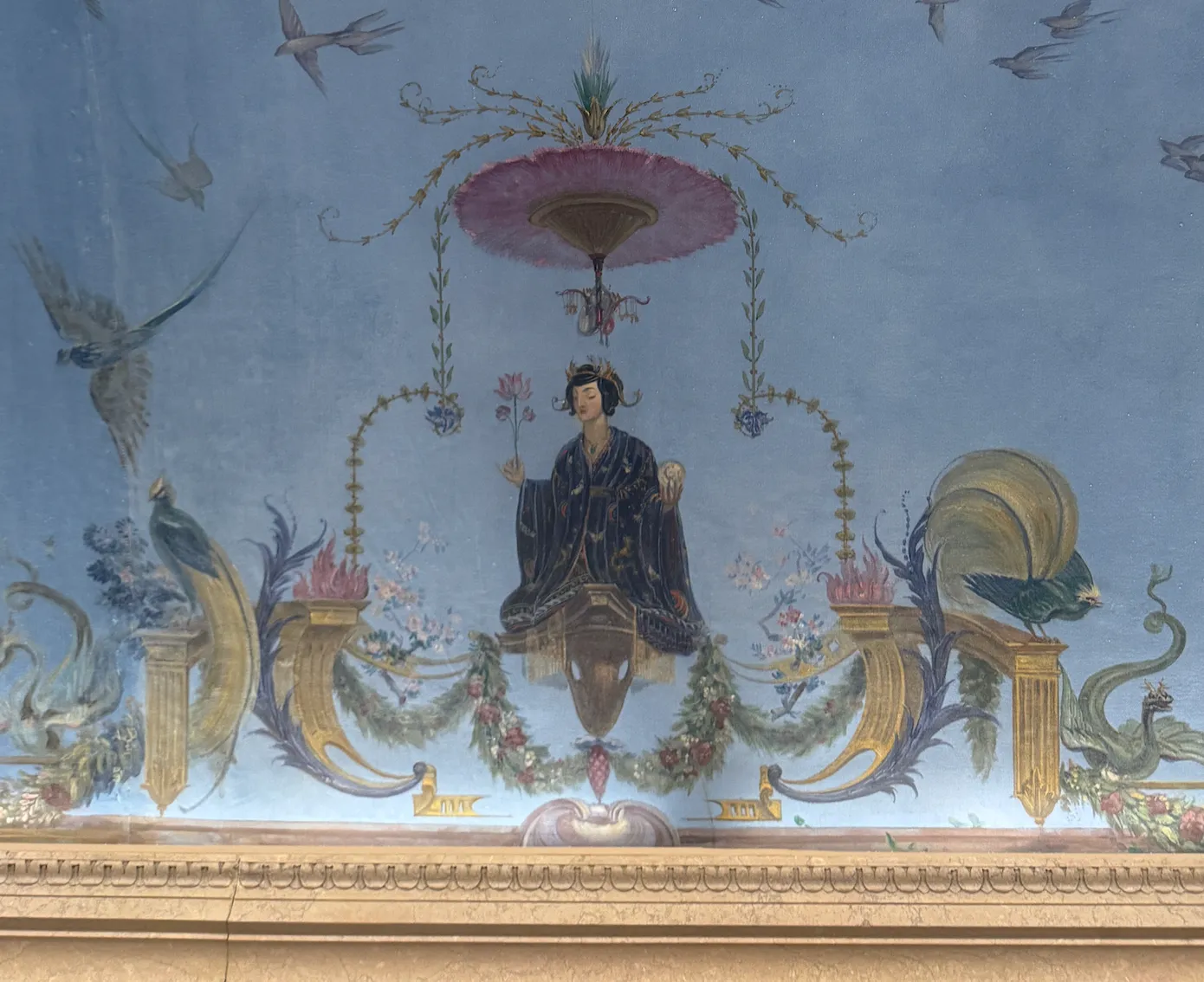
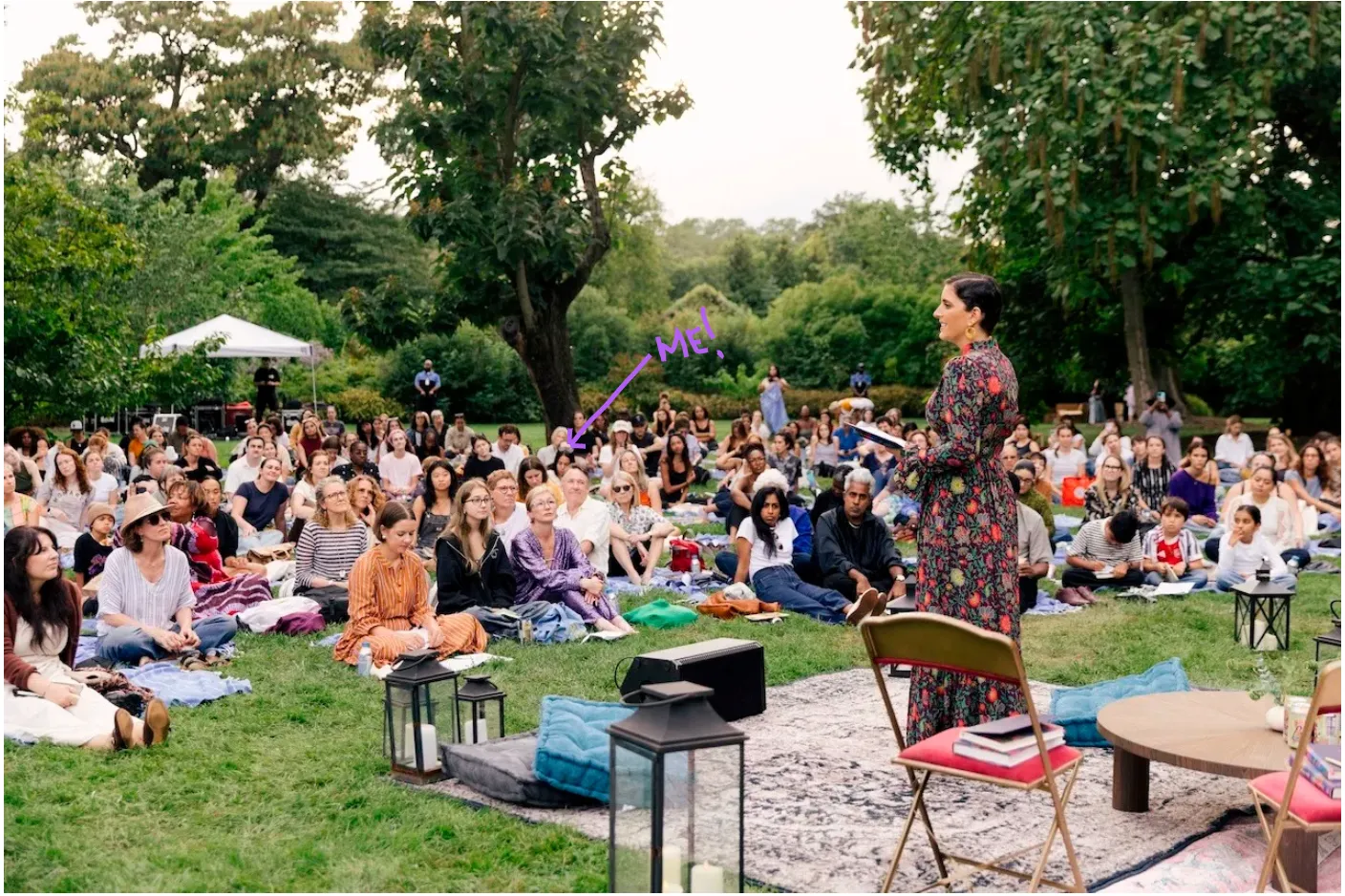

.webp)

.webp)
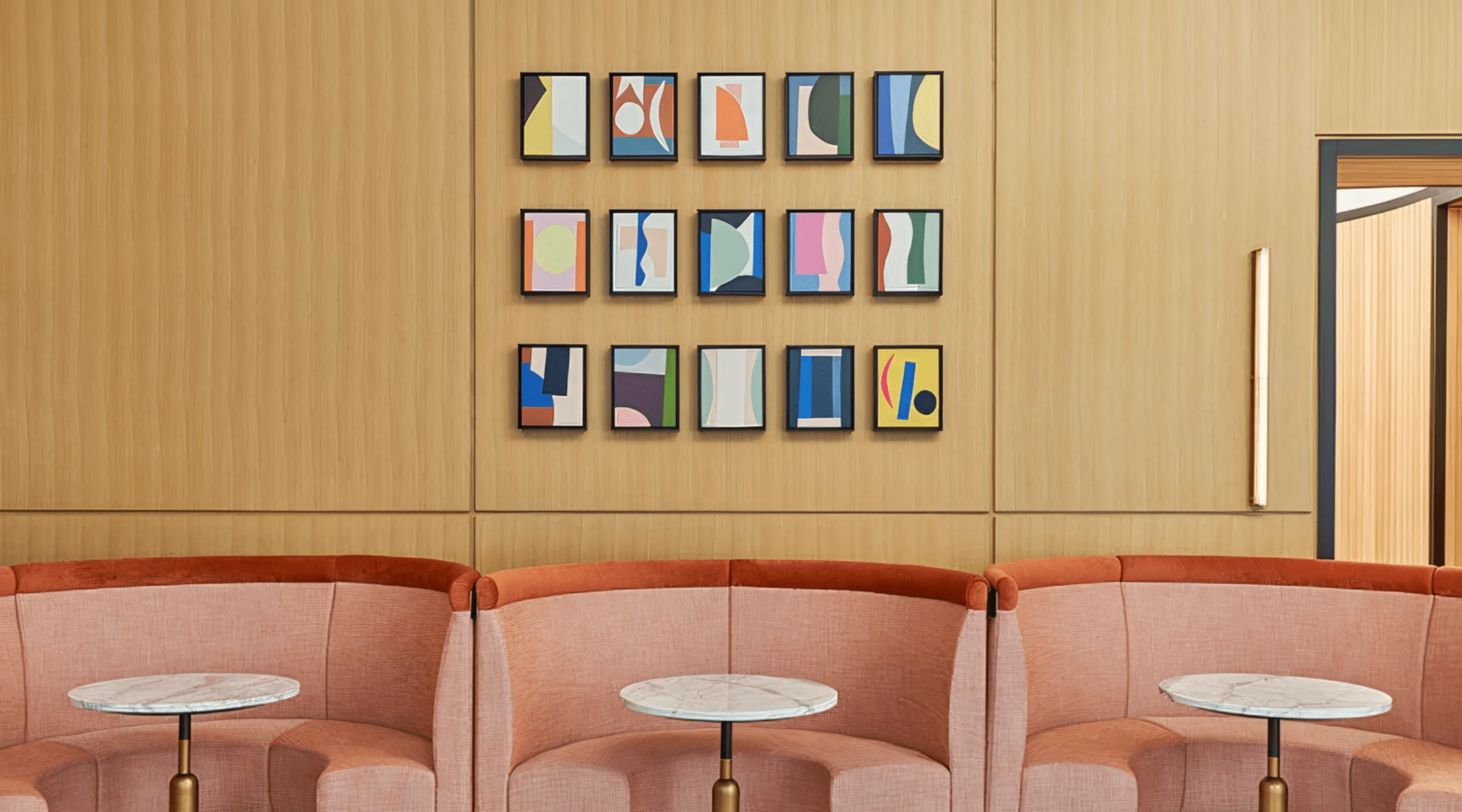
.webp)
.webp)
.webp)
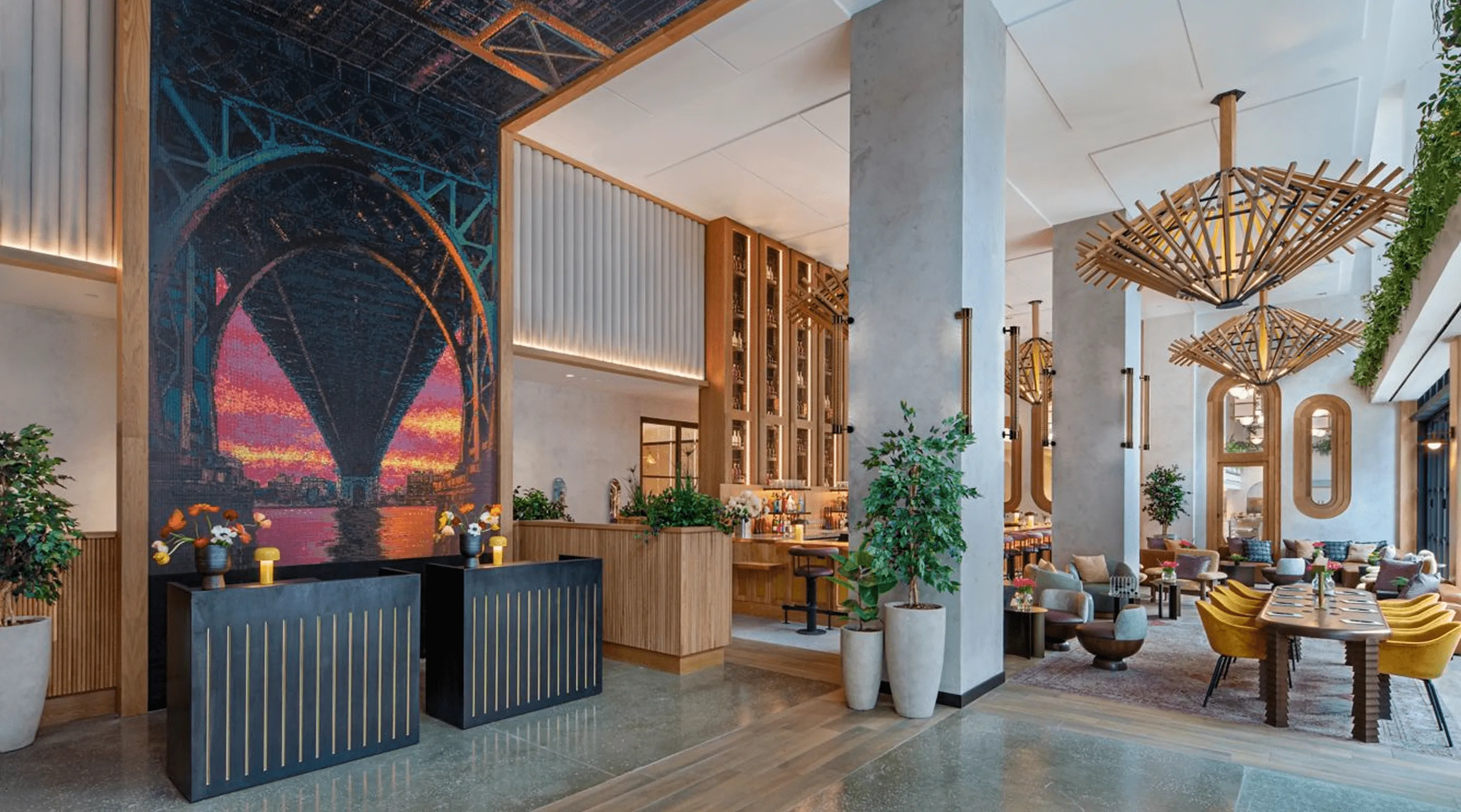
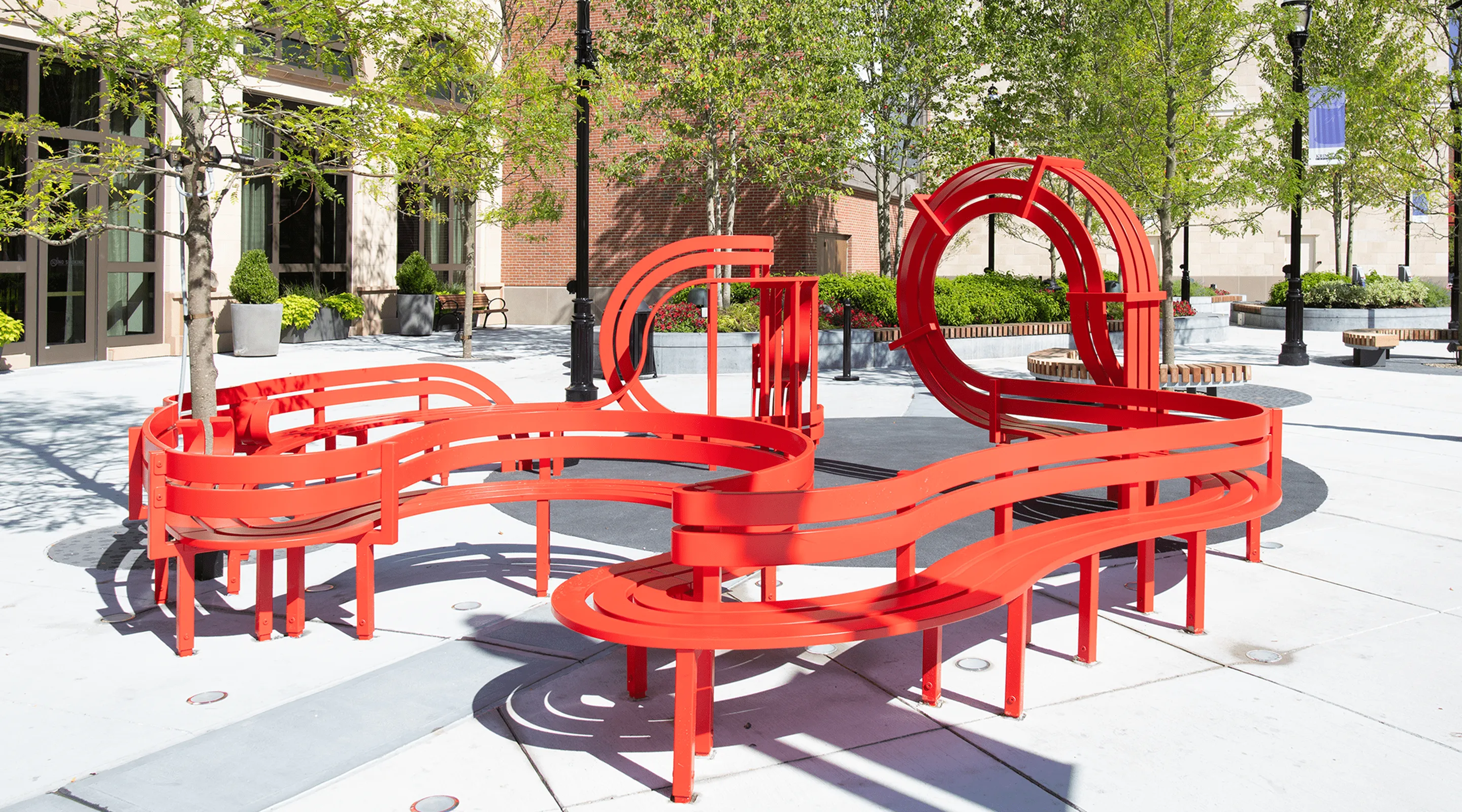
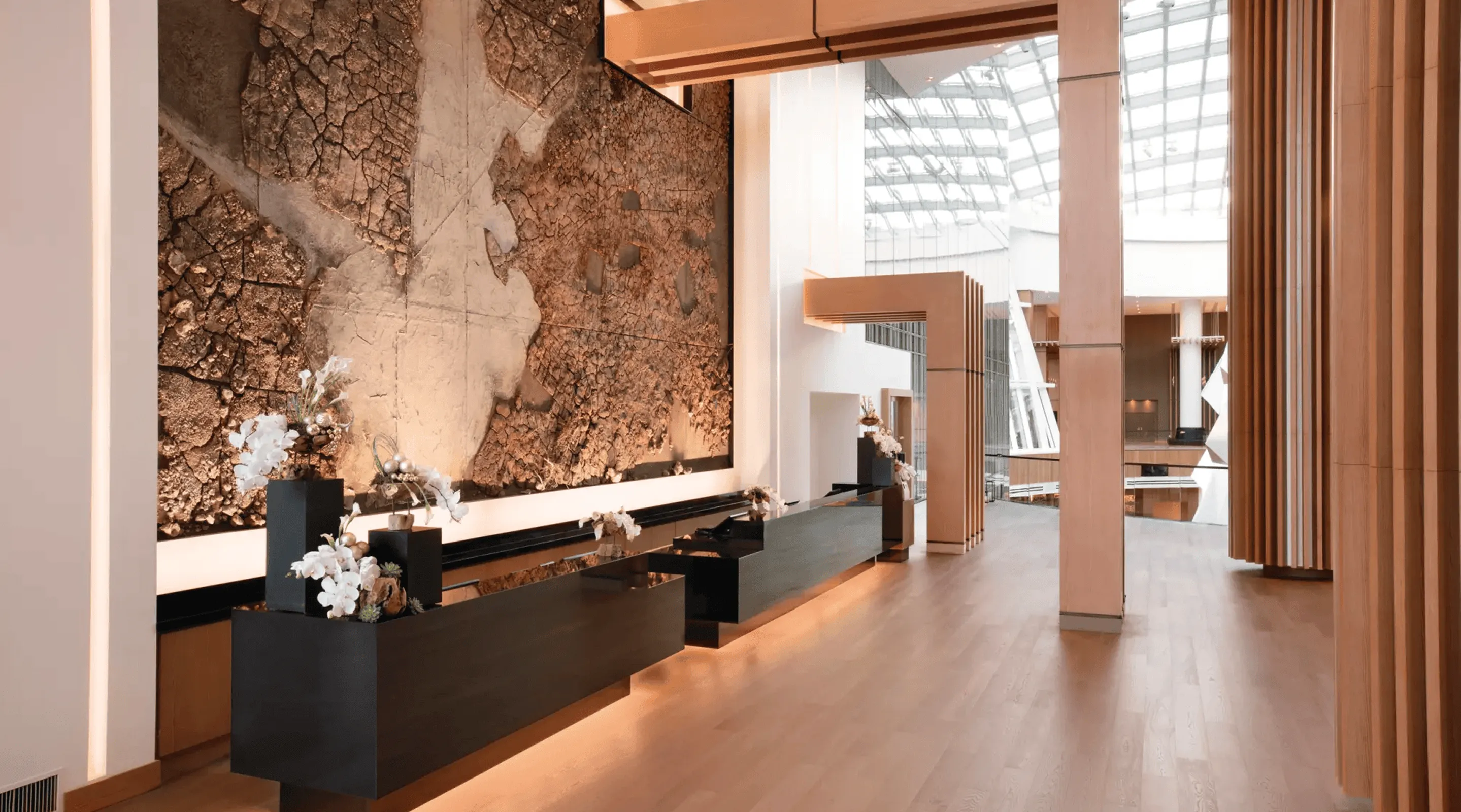
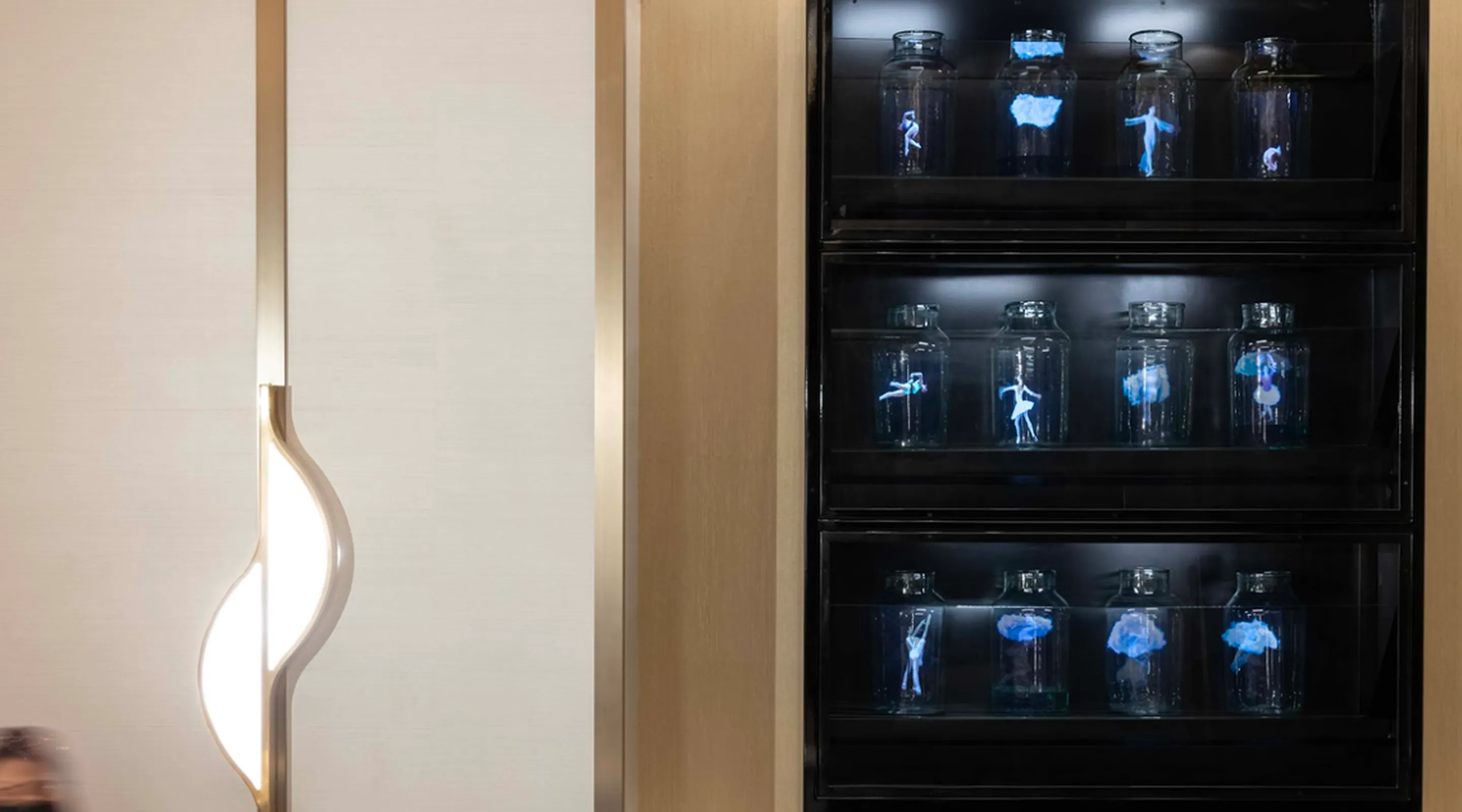
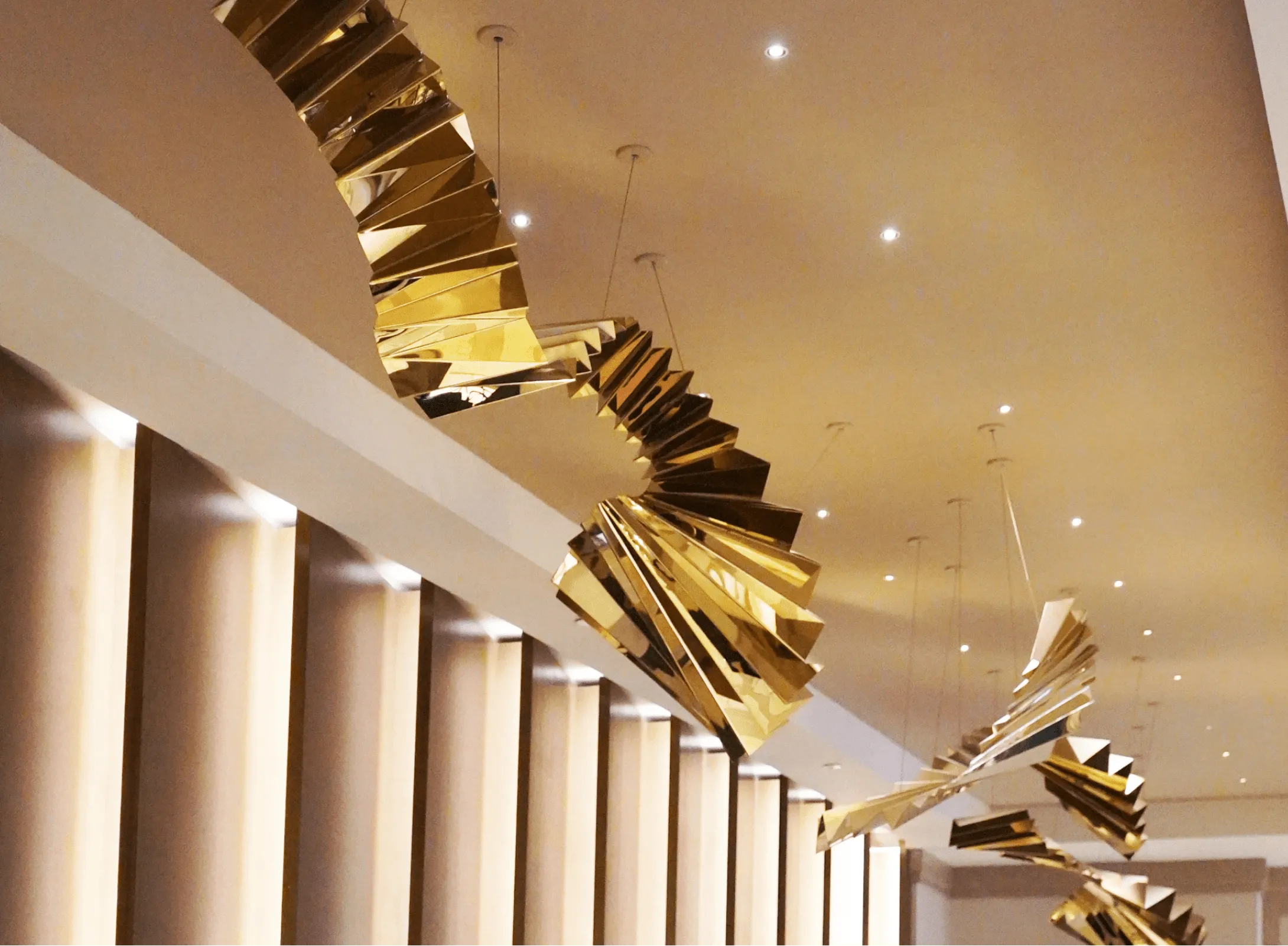
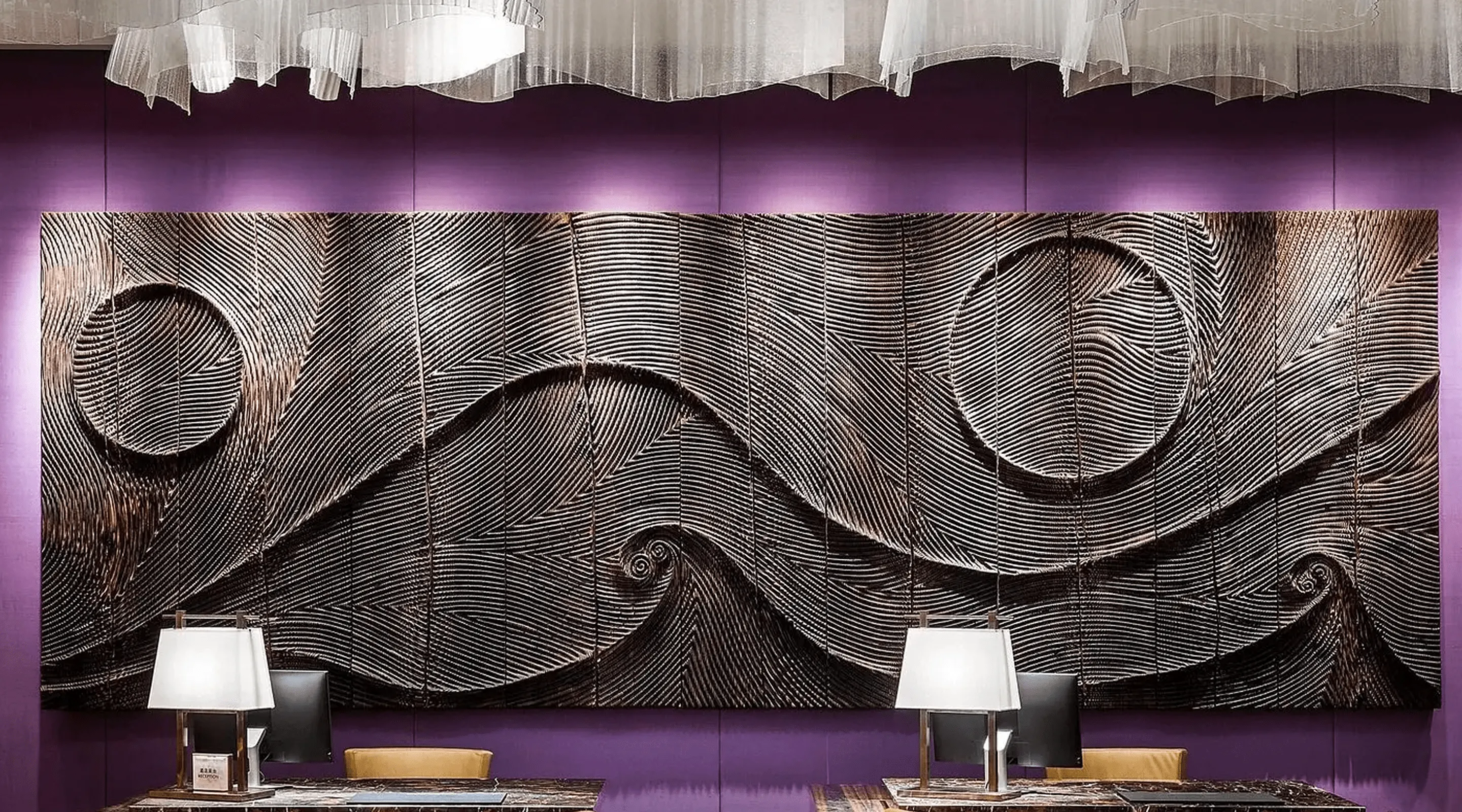
-min.webp)